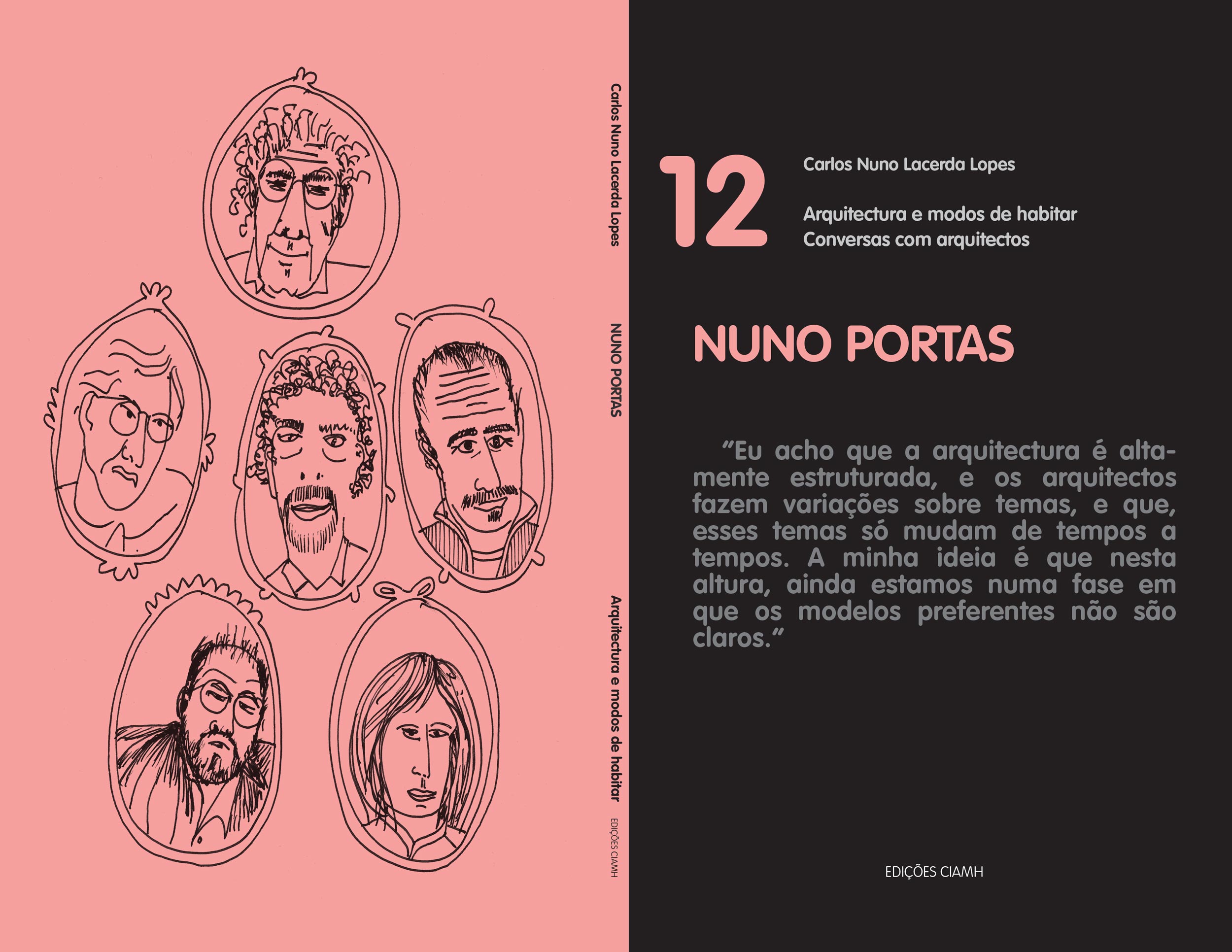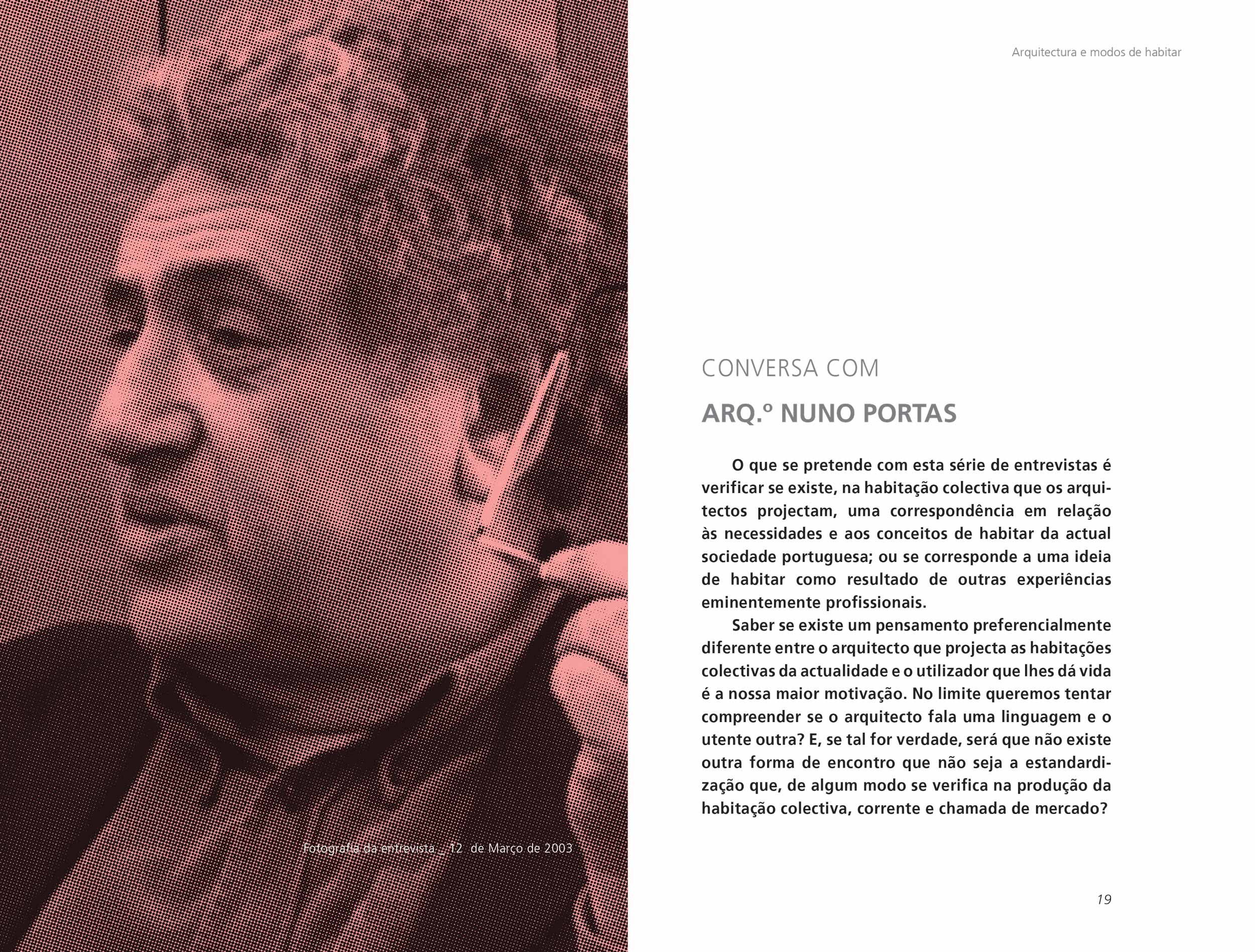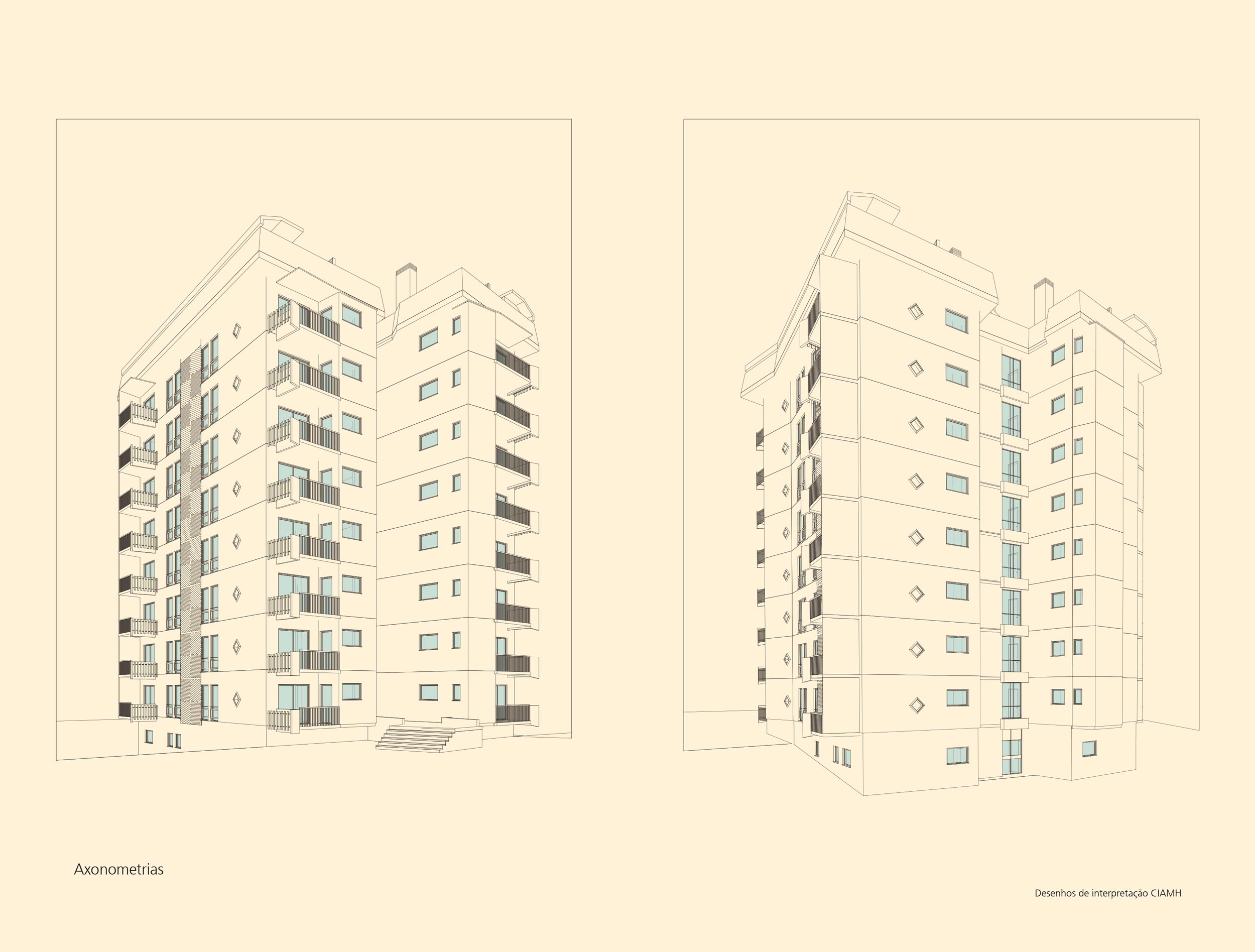ISBN
978-989-98808-5-6
Edition
CIAMH
Year
2019
Number of pages
134
Dimensions
14,5x22cm

ISBN
978-989-98808-5-6
Edition
CIAMH
Year
2019
Number of pages
134
Dimensions
14,5x22cm
No. 12 “Conversas com Arquitectos – Nuno Portas”
“Introduction
Nuno Portas, always double…
Fernando Távora introduced Nuno Portas to a class of young first year students who were attending the architecture course at the then Porto School of Fine Arts (ESBAP), where I was a member. Távora’s passion for Bruno Zevi’s book Knowing how to see Architecture was known. By defending an idea of organic architecture, it gave foundation, depth and motivation to Frank Lloyd Wright’s architecture – which Távora clearly identified as the master of masters who inhabited and helped to build his own idea of architecture.
Nuno Portas wrote the preface to the Portuguese edition of Zevi’s book History of Modern Architecture published in 1970 and then, years later, at Távora’s invitation – who recognised its importance, intelligence and knowledge – he wrote the preface to his book Da Organização do Espaço (1962), which ESBAP’s architecture course republished in a fac-simile version in 1982.
In his classes, Távora read parts or paragraphs of his books and of many other authors, poets, painters, artists, architects, actors, urban planners and writers, commenting and explaining their relevance and, above all, the need for architecture students to develop a comprehensive theoretical discourse capable of grounding the practice of drawing and design; and insisting that the architect is “a creator of happiness”, that architecture does not make projects, it makes works, acting on the plane of reality and not only on the plane of abstraction”.
That’s why we heard Távora say: “There can’t be a solid practice without a solid theory. We are tired of practitioners and what is needed is people with a solid theoretical training. The idea that an architect should be above all a wonderful pencil is an outdated idea, for there is no wonderful pencil without wonderful heads”. And, in harmony, we understand Portas when he says: “that it is no longer acceptable to reduce the concept of architecture to a technique of taste, the embellishment of landscapes, […] but that it should have for the project, a praxis, an objectification with a view to construction, acting on a plan which is that of making, and which is the only one by which architecture exists and if it doesn’t alienate in idealism or abstraction”.”




